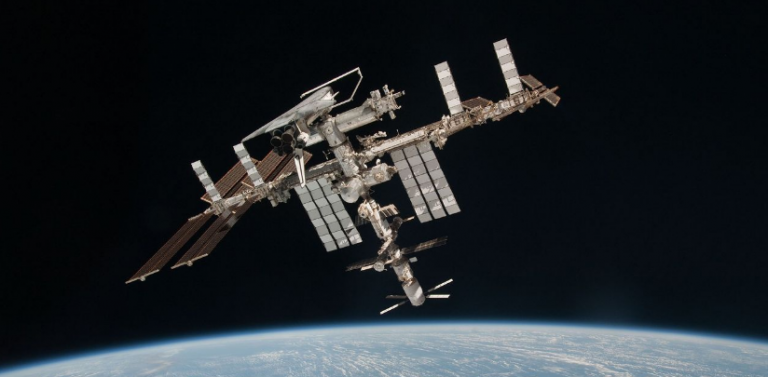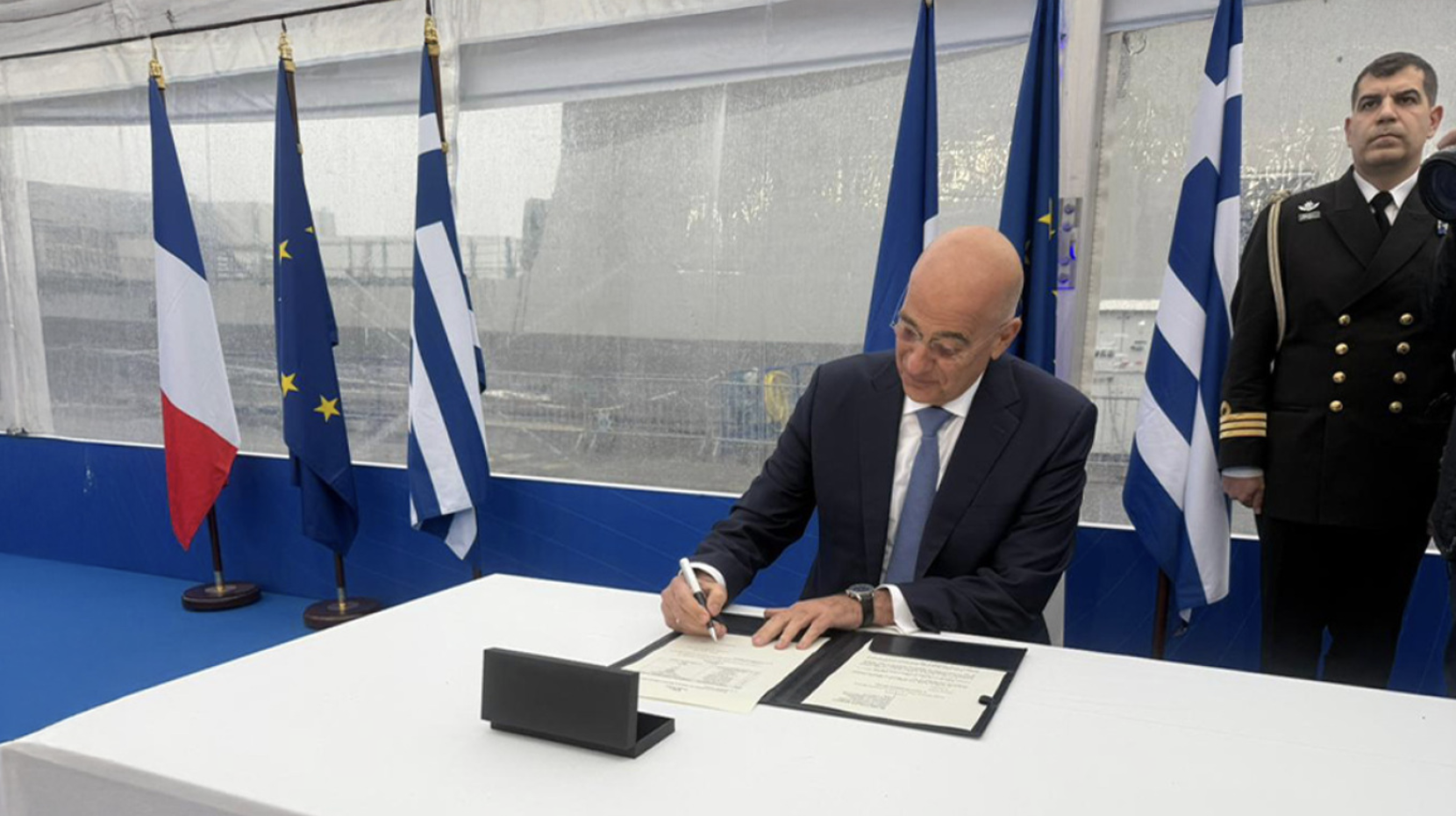The International Space Station is brimming with bacteria and fungi that can cause diseases and form biofilms that promote antibiotic resistance, and can even corrode the spacecraft, a new study has found.
The station, built in 1998 and orbiting around 250 miles above the Earth, has been visited by more than 222 astronauts and up to six resupply missions a year up until August 2017.
NASA scientists discovered microbes mainly came from humans and were similar to those found in public buildings and offices here on Earth.
The study – the first to provide a comprehensive catalogue of the bacteria and fungi lurking on interior surfaces in closed space systems – was published in the journal Microbiome.
Dr Kasthuri Venkateswaran, a senior research scientist at the NASA Jet Propulsion Laboratory and one of the study’s authors, said: “The ISS is a hermetically sealed closed system, subjected to microgravity, radiation, elevated carbon dioxide and the recirculation of air through HEPA filters, and is considered an ‘extreme environment’.”
Read more HERE
Ask me anything
Explore related questions





